Table of Contents
1. Introduction
Starting a workout routine can feel overwhelming, especially if you’re new to fitness. But don’t worry—this beginner-friendly guide will help you get started on your fitness journey the right way.
Whether you want to lose weight, build strength, improve flexibility, or just feel more energetic, a structured workout plan can make all the difference. This guide will provide you with a simple yet effective fitness plan that fits your schedule and goals.
So, grab your workout gear, and let’s get started!
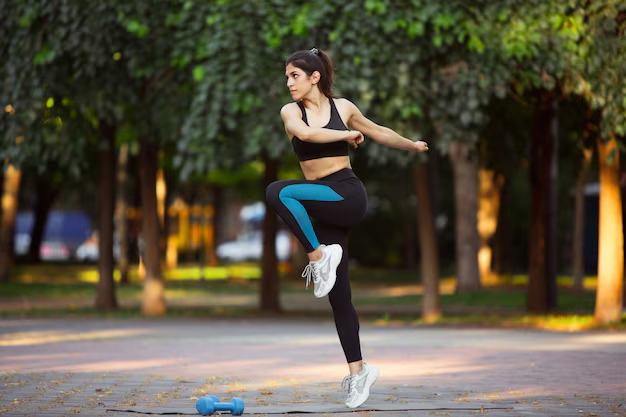
2. Understanding Fitness Basics
Before jumping into workouts, it’s important to understand some key fitness principles:
Strength Training, Cardio, and Flexibility
- Strength Training: Helps build muscle and burn fat. Exercises include squats, lunges, and push-ups.
- Cardio: Improves heart health and burns calories. Examples include walking, jogging, and cycling.
- Flexibility: Reduces stiffness and risk of injury. Stretching and yoga fall into this category.
Common Fitness Myths for Women
- Lifting weights won’t make you bulky: Women naturally have lower testosterone levels, so strength training helps tone rather than bulk up.
- You don’t need to work out every day to see results: Consistency matters more than daily intensity.
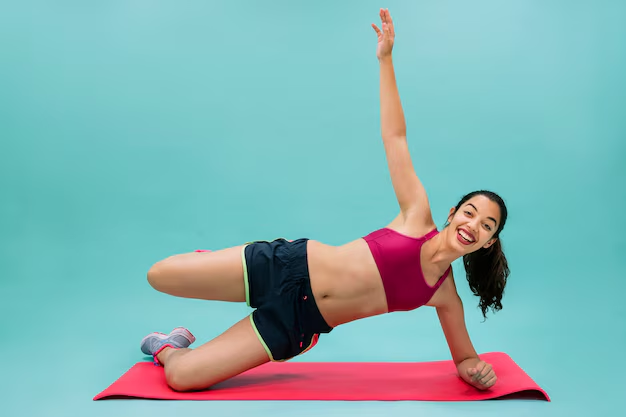
Setting Realistic Fitness Goals
- Short-term goal: Example: Walk 30 minutes a day for a week.
- Long-term goal: Example: Be able to do 10 push-ups in a row.
- SMART Goals: Specific, Measurable, Achievable, Relevant, and Time-bound.
3. Preparing for Your Fitness Journey
Choosing the Right Workout Clothes and Gear
- Wear comfortable, breathable clothing that allows movement.
- Invest in good-quality shoes to prevent injury.
Understanding Nutrition for Workouts
- Pre-workout meal: Light carbs and protein (e.g., banana with peanut butter).
- Post-workout meal: Protein-rich foods (e.g., grilled chicken and veggies).
Importance of Hydration and Rest
- Drink at least 2-3 liters of water daily.
- Get 7-9 hours of sleep to help muscles recover.

4. Beginner-Friendly Warm-Up Routine
Why Warm-Up is Important
A good warm-up preps your body for exercise by:
- Increasing blood flow to muscles
- Preventing injuries
- Improving performance
Simple Warm-Up Exercises for Beginners
- Jumping jacks – 30 seconds
- Arm circles – 30 seconds
- Leg swings – 10 per leg
- Bodyweight squats – 10 reps
- Lunges – 5 reps per leg
How Long Should You Warm Up?
Aim for 5-10 minutes before starting your workout.
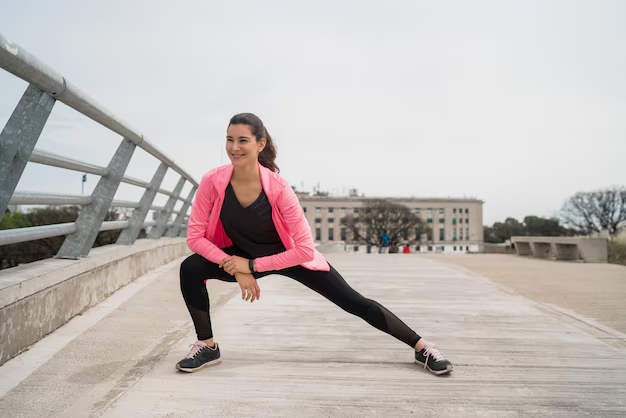
5. Beginner Workout Plan – Full Body Routine
This simple 3-day-a-week full-body workout is perfect for beginners:
Day 1: Full-Body Strength Training
- Squats – 3 sets of 10 reps
- Push-ups – 3 sets of 10 reps
- Lunges – 3 sets of 10 reps per leg
- Dumbbell Shoulder Press – 3 sets of 10 reps
Day 2: Cardio and Core
- Brisk walking or jogging – 30 minutes
- Planks – 3 sets of 30 seconds
- Russian Twists – 3 sets of 15 reps
Day 3: Flexibility and Recovery
- Stretching routine – 15 minutes
- Yoga poses for beginners – 20 minutes
How to Progress Gradually
- Start with lighter intensity and increase gradually.
- Add weights once bodyweight exercises feel easy.
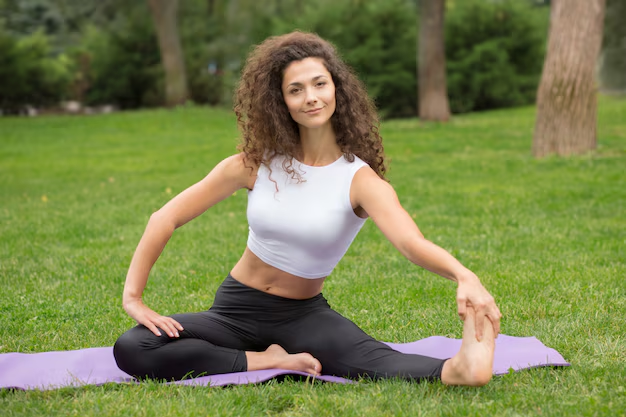
6. Strength Training for Beginners
Strength training is essential for toning muscles, boosting metabolism, and improving overall strength. Many women fear lifting weights because they think it will make them bulky, but in reality, it helps create a lean and toned physique.
Why Strength Training is Important for Women
- Increases muscle tone and fat loss
- Boosts metabolism, helping you burn more calories at rest
- Strengthens bones, reducing the risk of osteoporosis
- Enhances functional strength for daily activities
Beginner-Friendly Strength Exercises
Here are some simple exercises to start with:
1. Squats (3 sets of 10 reps)
- Stand with feet shoulder-width apart.
- Lower yourself as if sitting in a chair, keeping your knees behind your toes.
- Push through your heels to stand back up.
2. Push-Ups (3 sets of 8-10 reps)
- Start in a plank position with hands shoulder-width apart.
- Lower your body while keeping your back straight.
- Push back up to the starting position.
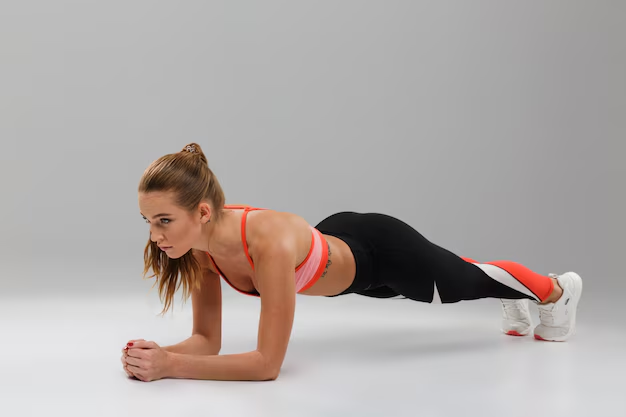
3. Lunges (3 sets of 10 reps per leg)
- Step forward with one leg and lower your hips until both knees are at a 90-degree angle.
- Push through your front heel to return to standing.
4. Dumbbell Shoulder Press (3 sets of 10 reps)
- Hold dumbbells at shoulder height with palms facing forward.
- Press them overhead, then lower them slowly.
Bodyweight vs. Dumbbells
- Bodyweight exercises build foundational strength.
- Dumbbells add resistance, making exercises more effective.
7. Cardio Workouts for Beginners
Cardio is essential for heart health and calorie burning. You don’t need to spend hours on a treadmill—just 20-30 minutes of moderate activity is enough!
Best Cardio Exercises for Women
- Walking or Jogging: Easy and effective for weight loss.
- Jump Rope: Great for full-body conditioning.
- Cycling: Low-impact and good for endurance.
- Dancing: Fun way to burn calories and stay active.
Low-Impact vs. High-Impact Cardio
- Low-impact: Walking, cycling, swimming (easier on joints).
- High-impact: Running, jumping jacks, HIIT workouts (higher calorie burn).
How Often Should You Do Cardio?
- Beginners: 3-4 times per week
- Intermediate: 4-5 times per week
- Advanced: 5-6 times per week
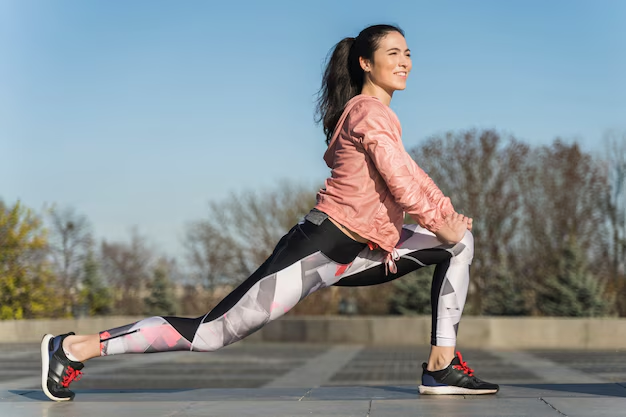
8. Core Workouts to Strengthen Your Abs
A strong core improves posture, stability, and overall fitness. Here are some beginner-friendly exercises:
Beginner Core Exercises
1. Plank (3 sets of 30 seconds)
- Keep your body in a straight line, balancing on your forearms and toes.
- Engage your core muscles to hold the position.
2. Crunches (3 sets of 15 reps)
- Lie on your back with knees bent and feet flat.
- Lift your upper body while keeping your lower back on the ground.
3. Russian Twists (3 sets of 15 reps per side)
- Sit with knees bent, leaning back slightly.
- Twist your torso side to side while holding a weight or water bottle.
Common Mistakes to Avoid
- Don’t rely on just crunches—mix different core exercises.
- Avoid holding your breath—breathe normally.
- Focus on quality over quantity to prevent injury.
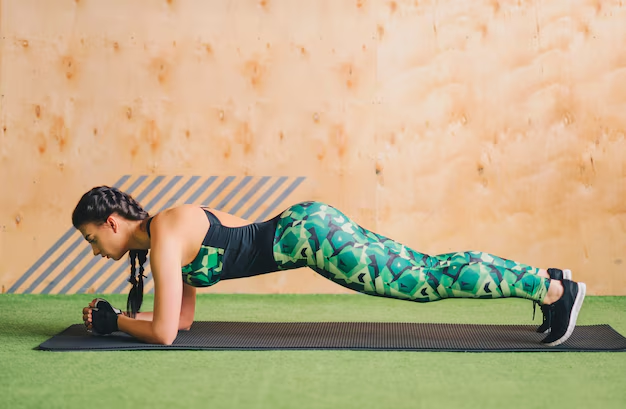
9. Stretching and Flexibility Workouts
Stretching helps reduce soreness, improve mobility, and prevent injuries.
Best Stretches for Beginners
- Hamstring Stretch: Sit with legs straight and reach for your toes.
- Quad Stretch: Stand on one leg and pull the opposite foot toward your glutes.
- Shoulder Stretch: Pull one arm across your body and hold for 15 seconds.
- Child’s Pose: Sit back on your heels with arms extended forward.
How Often Should You Stretch?
- Before a workout: Dynamic stretching (5-10 minutes).
- After a workout: Static stretching (5-10 minutes).
- Daily: For flexibility and relaxation.
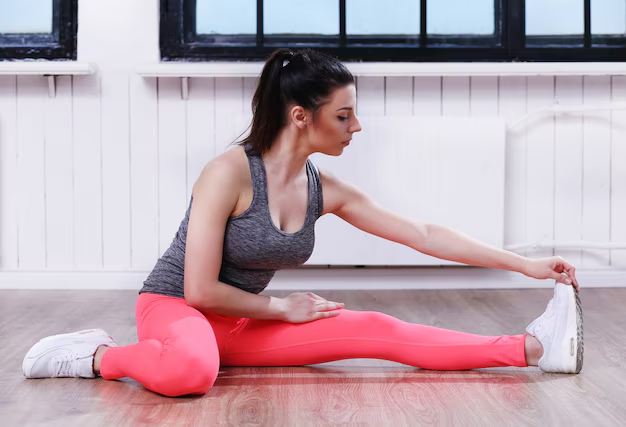
10. Weekly Workout Schedule for Beginners
Here’s a sample 7-day workout plan to get started:
| Day | Workout Type |
|---|---|
| Monday | Strength Training (Full Body) |
| Tuesday | Cardio (Walking or Cycling) |
| Wednesday | Core + Flexibility |
| Thursday | Strength Training (Lower Body Focus) |
| Friday | Cardio (Jump Rope or Jogging) |
| Saturday | Yoga or Light Stretching |
| Sunday | Rest or Active Recovery |
11. Nutrition Tips for Beginners
Eating right is just as important as exercising.
Best Pre- and Post-Workout Meals
- Pre-Workout: A banana with peanut butter, yogurt with granola.
- Post-Workout: Grilled chicken with rice, a protein smoothie.
Common Nutrition Mistakes to Avoid
- Skipping meals—it can lead to fatigue.
- Not drinking enough water—aim for at least 2 liters per day.
- Too much sugar—limit processed snacks and sodas.

12. Rest and Recovery
Rest days help your muscles recover and prevent injuries.
Best Recovery Techniques
- Foam rolling for muscle relaxation.
- Getting enough sleep (7-9 hours).
- Hydration and proper nutrition for muscle repair.
Signs of Overtraining
- Constant fatigue
- Trouble sleeping
- Decreased performance
13. Tracking Progress and Staying Motivated
How to Measure Fitness Progress
- Take progress photos every month.
- Track weight and body measurements.
- Keep a workout journal.
Setting Realistic Goals
- Short-term: Complete 10 push-ups in a row.
- Long-term: Lose 5 pounds in 2 months.
Overcoming Plateaus
- Switch up your routine.
- Try new workouts or increase intensity.
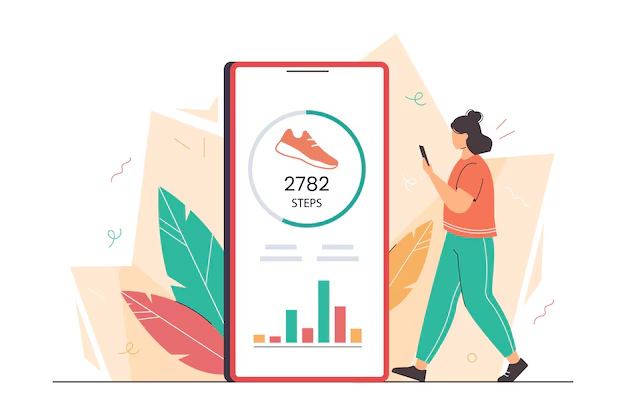
14. Common Mistakes to Avoid
1. Skipping Warm-Ups and Cool-Downs
- Always spend at least 5-10 minutes warming up and stretching.
2. Overtraining vs. Undertraining
- Find a balance—too little won’t show results, and too much can cause injuries.
3. Ignoring Proper Form
- Always prioritize form over lifting heavier weights.
15. Conclusion
Starting a workout routine as a beginner can feel overwhelming, but with the right plan, it becomes easier and more enjoyable. Stay consistent, eat well, and listen to your body. Progress may be slow at first, but every small step brings you closer to your fitness goals.
FAQs
1. How many days a week should a beginner work out?
Start with 3-4 days a week and gradually increase as your endurance improves.
2. What is the best workout for losing weight?
A combination of strength training, cardio, and a healthy diet is most effective.
3. How long should workouts last for beginners?
Around 30-45 minutes per session is ideal.
4. Can I do strength training and cardio on the same day?
Yes! Start with strength training first, then do cardio afterward.
5. When will I start seeing results?
You may notice changes in 4-6 weeks with consistency in workouts and diet.
